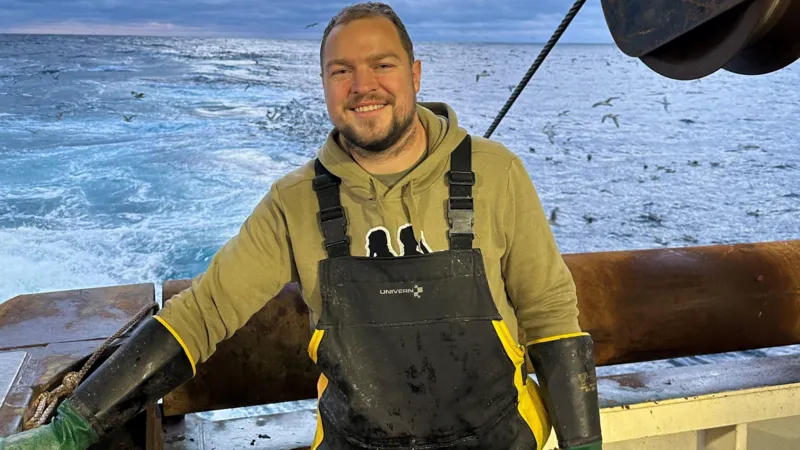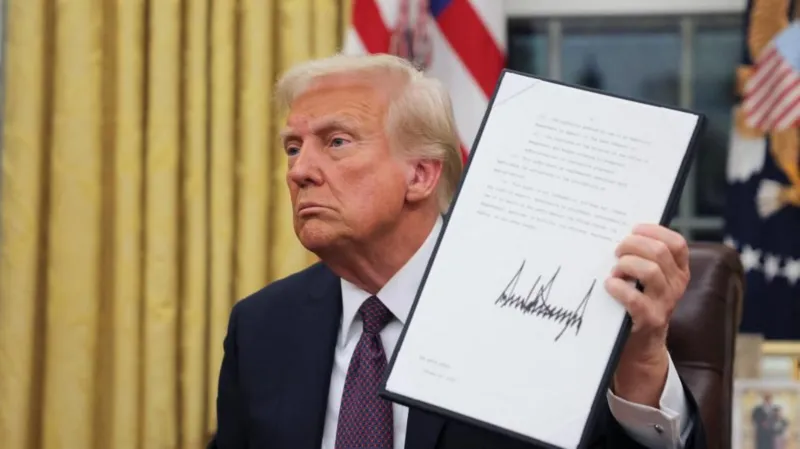In 2019, former U.S. President Donald Trump expressed a peculiar interest in purchasing Greenland, an autonomous territory of Denmark. This unconventional idea sparked widespread debate, amusement, and curiosity worldwide. While it may have seemed like an eccentric ambition, Trump’s proposal underscored a broader strategic interest in the Arctic region—a region rich in natural resources, geopolitical significance, and opportunities for economic development. However, beyond the headlines and controversies, the reality of Arctic investment remains far more complex and, in many ways, stagnant.
The Arctic, often referred to as the “new frontier” for global development, holds immense promise. It is estimated to contain 13% of the world’s undiscovered oil and 30% of its undiscovered natural gas. The melting ice caps, a grim consequence of climate change, have also opened up new shipping routes and access to untapped resources. Countries like Russia, Canada, and Nordic nations have steadily increased their presence in the region, emphasizing its importance on the global stage.
Greenland, in particular, is a strategic gem. It is not only rich in rare earth minerals but also plays a pivotal role in the geopolitics of the Arctic. Its location between North America and Europe makes it a key area for defense and trade. For the United States, having a foothold in Greenland would enhance its influence over the Arctic while countering the growing presence of China and Russia.
Despite its potential, investment in the Arctic is largely “frozen.” Several factors contribute to this stagnation.
Climate and Environmental Concerns
The Arctic’s harsh environment poses significant challenges to large-scale development. Extreme weather conditions, permafrost, and fragile ecosystems make infrastructure projects and resource extraction expensive and difficult. Moreover, the international community remains deeply divided on how to balance economic interests with environmental conservation. The Arctic is one of the most sensitive ecosystems on Earth, and unchecked development could accelerate global warming and harm indigenous communities.
Geopolitical Rivalries
While Trump’s Greenland proposal was unconventional, it highlighted the intensifying competition among global powers in the Arctic. Russia has aggressively expanded its military presence and infrastructure in the region, aiming to control emerging shipping lanes and energy resources. Meanwhile, China has declared itself a “near-Arctic state,” investing heavily in Arctic infrastructure through its Belt and Road Initiative. These rivalries create a tense atmosphere, where collaboration on sustainable development is often overshadowed by strategic and security concerns.
Economic and Logistical Hurdles
Developing the Arctic requires enormous financial investments and technological innovation. The region’s remoteness and lack of infrastructure add to the costs, making it less attractive for private investors. Even with government support, the return on investment in Arctic projects is uncertain due to fluctuating commodity prices and political instability. For example, oil companies have scaled back exploration in the Arctic as global oil prices have remained volatile, making the region less competitive compared to other resource-rich areas.
The Role of Indigenous Communities
Any discussion about Arctic development must include the voices of indigenous peoples who have lived in the region for centuries. These communities are deeply connected to the land and rely on its natural resources for their livelihoods. However, large-scale industrial projects often threaten their way of life, leading to resistance and legal challenges. Ensuring that Arctic development is inclusive and respects indigenous rights is a critical but complex task.

 Fashion4 months ago
Fashion4 months ago
 Sports5 months ago
Sports5 months ago
 Fashion4 months ago
Fashion4 months ago
 Learning3 months ago
Learning3 months ago
 News3 months ago
News3 months ago
 Technology5 months ago
Technology5 months ago
 News4 months ago
News4 months ago
 Hot News2 months ago
Hot News2 months ago









